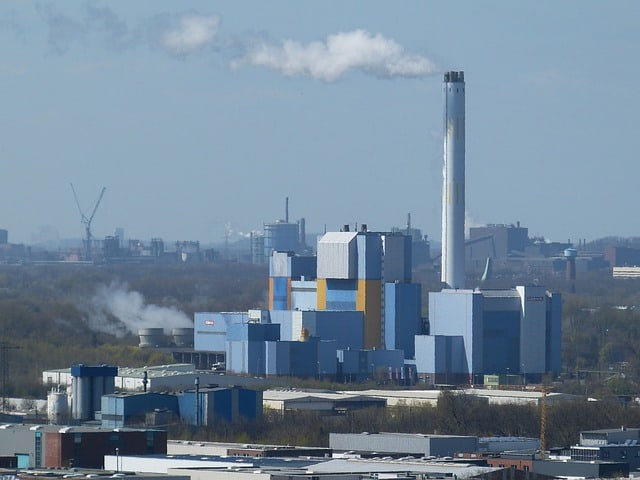Analysis of Hazardous Waste Incineration Disposal Technology and Various Disposal Ways
Hazardous waste is corrosive, toxic, flammable, reactive, infectious, etc. At present, the disposal methods of hazardous waste include resource utilization and harmless disposal. Resource utilization has been relatively stable after years of development, and supply and demand have basically reached a balance. Due to factors such as slow release of production capacity, long time for qualification approval, mismatch between qualifications and demand, and restrictions on inter-provincial transportation, there is a huge gap in production capacity. As a traditional harmless disposal technology, rotary kiln incineration occupies an important position in the hazardous waste disposal market. Other traditional incineration technologies include fluidized bed furnace incineration, fixed bed furnace incineration, pyrolysis incineration, etc., all of which account for a small proportion. As a new harmless disposal method, cement kiln co-processing has gradually increased its share in the hazardous waste disposal market due to its obvious cost advantages; plasma high-temperature melting disposal technology has significant advantages in environmental protection and resource utilization. As the technology matures, its It also plays an increasingly important role in the hazardous waste disposal market.
There are various types of hazardous wastes with complex components. How to seek scientific and reasonable harmless disposal methods is the primary problem that needs to be solved urgently in the current environmental protection field.

1. Rotary kiln
The rotary kiln incineration and disposal of hazardous waste generally adopts the structure of “rotary kiln + secondary combustion chamber”. The operating temperature of the rotary kiln is between 800 and 1000°C, the residence time of the waste in the kiln is 40 to 75 minutes, and it is completely transformed into high-temperature flue gas and ash when it reaches the outlet. The high-temperature flue gas enters the secondary combustion chamber, and is further completely burned under the action of excess air. The residence time is more than 2s to ensure that trace organics and dioxins are fully decomposed at high temperature. The ash and slag are discharged from the rotary kiln and enter the ash bin after being cooled by water.
2. Cement kiln co-processing
By transforming the existing new dry-process cement kiln production line, adding hazardous waste storage, pretreatment systems and hazardous waste dosing points, it is possible to realize the co-processing of hazardous waste in cement kilns. After the hazardous waste passes through the pretreatment system, it enters the cement rotary kiln through the dosing point. The temperature in the kiln is about 1450°C, the gas stays in the kiln for more than 4s, and the material stays for more than 30min. The gas-solid two phases are mixed evenly to ensure the hazardous waste. The material is completely incinerated. The alkaline atmosphere in the cement kiln can absorb the acid gas generated during the waste incineration process.
3. Plasma high temperature melting treatment
The plasma high temperature melting and gasification treatment technology of hazardous waste uses a plasma generating device as the heat source of the melting furnace. The plasma generating device includes arc plasma torches (DC non-transfer arc plasma torch, DC transfer arc plasma torch, AC arc plasma torch), radio frequency plasma torch , microwave ion torch, etc. At present, only the DC arc plasma torch technology is relatively mature in China and can be continuously produced. The DC arc plasma torch has a power range of 5 to 300 kW, a temperature of 5000 to 6000 °C, a jet velocity of over 200 m/s, and the working gas is nitrogen, air, hydrogen, etc.
4. Summarize
(1) The rotary kiln incineration disposal technology is mature, the operation is simple and the operation is stable. However, incineration fly ash is still classified as hazardous waste and requires secondary treatment. Therefore, rotary kiln incineration for hazardous waste disposal is essentially a reduction disposal. The investment cost of this technology is high, and the construction period is long.
(2) The co-processing of ash and slag in the cement kiln directly enters the cement clinker, which is completely harmless and suitable for the treatment of large quantities of hazardous waste, with short construction period and low investment cost. However, the requirements for materials are strict, and there are potential safety hazards in the production of cement products.
(3) Plasma high temperature melting treatment technology The dioxins are completely decomposed, and the heavy metals are solidified after the ash vitrification, and the harmlessness is completely. The technology can handle a variety of hazardous wastes and has wide applicability of materials. However, its operating cost is high, and there are few domestic commercialization cases, so there is little experience to learn from.
(4) The three hazardous waste disposal technologies have their own advantages and disadvantages, but they all fail to achieve the goals of wide applicability of materials, thorough harmlessness, and low investment and operation costs. It is predicted that in the future, the harmless incineration of hazardous waste will adopt a variety of co-processing methods, such as “rotary kiln incineration + plasma high temperature melting” co-processing technology, combined with rotary kiln incineration
